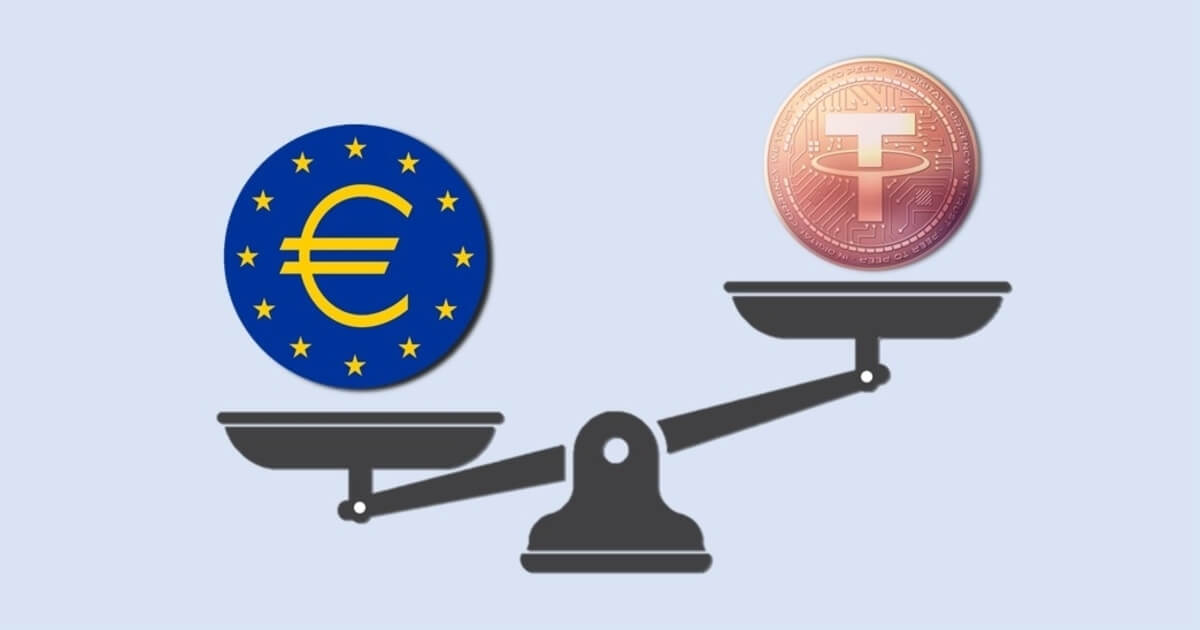The ECB Expresses Concerns on Regulating Stablecoins
Sarah Tran Aug 30, 2019 04:31
Due to the lack of regulation of stablecoins, concerns have been conveyed by the European Central Bank (ECB) despite stablecoins with a clear governance framework.

Due to the lack of regulation of stablecoins, concerns have been conveyed by the European Central Bank (ECB) despite stablecoins with a clear governance framework.
The ECB issued a report regarding stablecoins and describes stablecoins as “digital units of value that are not a form of any specific currency (or basket thereof) but rather, by relying on a set of stabilization tools,” which try to minimize the volatility of their prices.
The report proposed classifications of stablecoins based on different vital aspects used to maintain their value stability. The ECB outlined the four types of stablecoins, including tokenized funds, off-chain collateralized stablecoins, on-chain collateralized stablecoins, algorithmic stablecoins.
The research also indicated the more popular locations where stablecoin initiatives are based, with the US and Switzerland having the most initiatives. The EU hosts six initiatives, and the UK hosts four.
Legal headquarters of 54 active stablecoin initiatives. Source: European Central Bank
The ECB also expressed uncertainties of stablecoins as they are a new phenomenon of crypto-assets and significant concerns regarding their governance and regulatory treatment:
“An uptake in the usage of stablecoins may require improvements to the governance of such initiatives, including procedures to update the smart contracts at the core of the initiative and a cyber-security framework. However, stablecoin initiatives with a clear governance framework may nevertheless be hampered by the uncertainty relating to the lack of regulatory scrutiny and recognition.”
.jpg)

